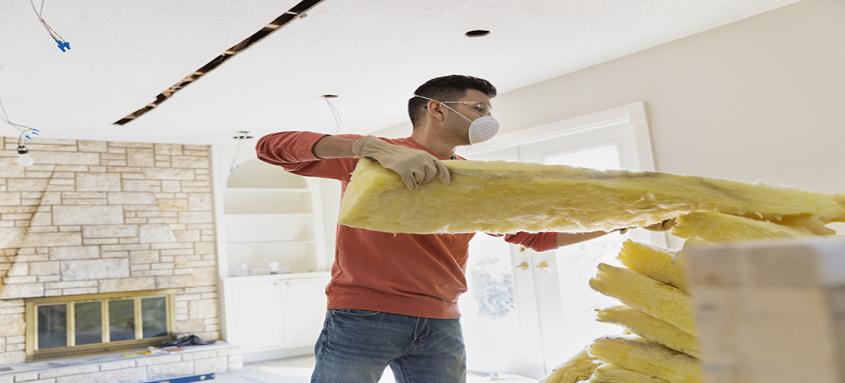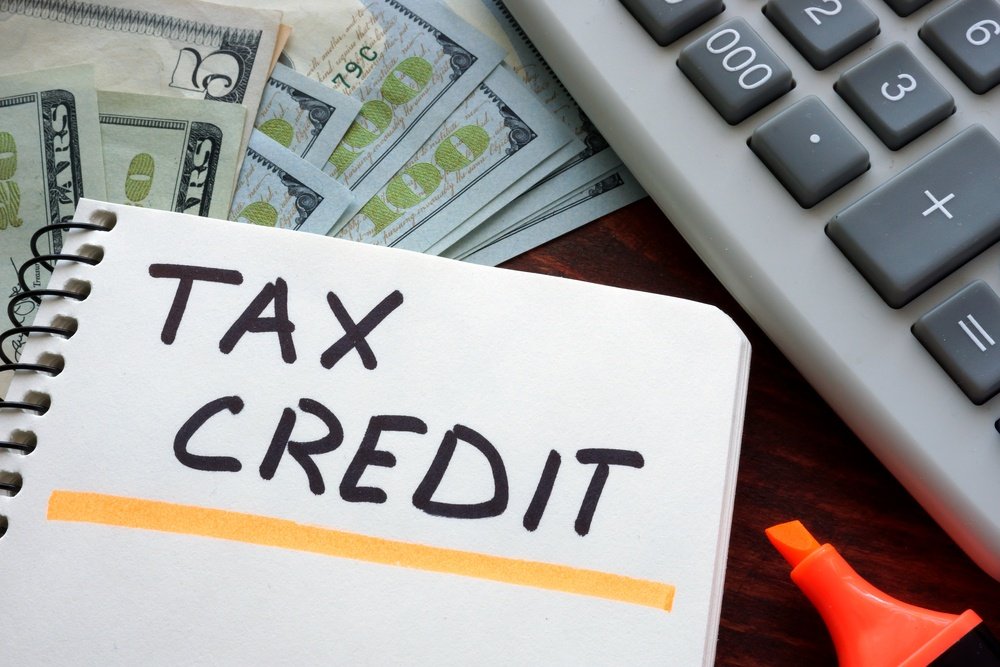Best Option for Residential Energy Credit
Feb 16, 2024 By Triston Martin
Homeowners who make certain property upgrades or install equipment to promote energy efficiency are eligible for a tax credit from the federal government. The domestic energy efficient property credit may be used for various renewable energy sources, including solar, wind, geothermal, and fuel cell technologies. If you did not make any further modifications to the property that did not lead to filing a claim for a residential energy tax credit, your cost basis would be $250,000. You have to subtract the number of points the vendor paid to you from your base. The total sum that it costs you to finish the construction of your house if you had a role in constructing.
The credit has been extended several times, and as of December 2021, to qualify for a reduction in the amount of taxes you owe, you must make modifications to your property that increase its energy efficiency by January 1, 2024. Offsetting part of the expenses associated with making energy-efficient improvements to a house is one of the goals of the residential energy efficient property credit, which is aimed to incentivize homeowners to make such improvements. When you submit your yearly tax return, you may be eligible to get a tax credit equal to a percentage of the money you spent on alternative energy equipment and installation.
The Residential Energy Efficient
The alternative energy equipment placed on or in residence is eligible for a tax credit equal to a percentage of the equipment's total cost, including the installation cost. Because this tax credit is not refundable, the Internal Revenue Service (IRS) will not pay you any cash to make up the difference if your credit is more than any tax owed on your return. However, you don't have to throw away the amount that you didn't use since it may be carried over to your tax return for the next year. The alternative energy equipment must be certified for the property to qualify. In this scenario, the apparatus ought to be put in your primary living place. Existing residences and homes that are still in the process of being built qualify.
The Nonbusiness Energy Property Credit
The credit for energy-efficient properties used in households rather than businesses was set to expire at the end of 2017. However, it has now been extended until the end of 2021. You will be able to claim the credit in the year you file your tax return for the year 2021, which is the year 2022, assuming you made qualified home improvements in the year 2021 and met the other conditions as well. The first component of this credit is equal to ten percent of the cost of eligible energy-saving equipment or products installed in a taxpayer's primary residence throughout the year. Eligible improvements include energy-efficient exterior windows and doors, certain roofs, and additional insulation; however, the expenses connected with the installation of these improvements are not taken into account.

The Second Component Of The Credit
There are varying monetary caps placed on certain categories of property. To be eligible for this credit, the primary residence must have been situated inside the United States at some point. However, you don't have to throw away the amount that you didn't use since it may be carried over to your tax return for the next year.It is only offered for pre-existing residences instead of homes now being built. This tax credit is not very generous in comparison to others. In 2022, the credit will be restricted in the following ways:
- You are not permitted to claim the full $500 in credits for any one tax year beginning after 2005 since the overall credit maximum is $500.
- There is a total credit maximum of $200 for any tax years that follow 2005 for the specified category of windows.
- A restriction on the amount of money that may be spent on home energy property in the year 2021.

Energy Tax Credits Reduce Your Cost Basis
You have to subtract the number of points the vendor paid to you from your base. The total sum that it costs you to finish the construction of your house if you had a role in constructing all or part of it yourself provides the foundation for this estimate. Consider the following hypothetical scenario: you purchased your property for $250,000 and sold it for $300,000. If you did not make any further modifications to the property that did not lead to filing a claim for a residential energy tax credit, your cost basis would be $250,000. You would have a capital gain of $50,000, which is between $300,000 and $250,000. Since it is considered a capital gain, you must pay taxes on this gain.








